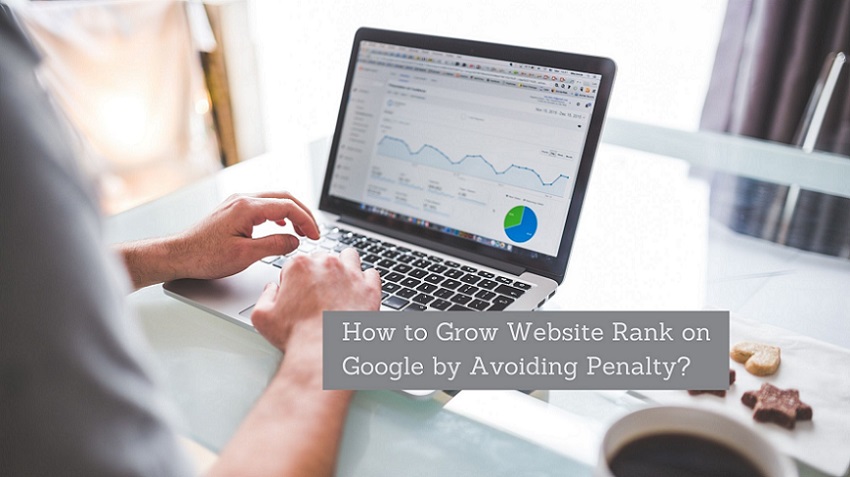Google has now renamed its Webmaster Guidelines to Google Search Essentials and released a new version of it.
Two decades ago, Google established the Google Webmaster Guidelines in 2002. The name persisted for 20 years, but Google recently decided that it was time to change it and drastically update the rules.
Google Search Essentials have taken the place of the Google Webmaster Guidelines. The name change is part of Google’s ongoing efforts to drop the term “webmaster” from these tools and documentation so that they are more inclusive of publishers, site owners, developers, creators, and other professionals.
Over the past few years, Google has gradually dropped the term “webmaster” from its branding. As an illustration, “Google Webmaster Central” became “Google Search Central.”
Google claims that the term “webmaster” is outdated and does not apply to all content producers who want their content to appear in search results.
Many of the previous guidelines have been taken to specific pages of the Google Search Central website. The three categories of topics covered in the former Webmaster Guidelines are in Google Search Essentials.
Google Search Essentials includes three categories are:
- Technical requirements
- Spam policies
- Key best practices
In the following sections, You can get more detail about these categories.
#1. Technical Requirements
The technical requirements are minimal and straightforward. Publish content in an indexable format and grant Google access to that content. It is the absolute bare minimum for appearing in Google’s search results, and Google is aware that other factors are also involved in having your site indexed and served.
#2. Spam Policies
The spam policies cover typical spam tactics and conduct that may cause a site to rank lower or not at all in Google web search results. Many topics, including malware and hacked content, were taken from the previous “Quality Guidelines” and other closely related existing guidelines published on Search Central that were originally stand-alone. The modifications and recent additions include:
- Link spam: Consolidates previous pages on Link schemes and Paid links.
- Malware and malicious behaviors: Combines information that was previously in our website’s Security section.
- Hacked content: Combines data that was previously in our website’s Security section.
- Thin affiliate pages: Consolidates pages on Affiliate programs and Thin content.
New sections contain:
Google thinks the updated guidance will help website owners to avoid producing content that Search users hate.
Also Read: Google Shares Six SEO Tips For Ecommerce Sites
#3. Key Best Practices
To help people create content that serves people and will make a site easier to find through Google Search, Google recently released new guidance with Key Best Practices.
Google’s Key Best Practices Include
- Produce informative content.
- Use search-engine-friendly keywords, and include them in prominent places such as titles, titles, and alt text.
- Enable crawling of links.
- Mention your website to people.
- Observe specific best practices for JavaScript, structured data, images, and video.
- Use rich snippets to improve how your website appears in search results.
- Block Google’s crawlers from accessing any content you do not want to be found in Google Search.
Final Words
The refresh comes with a few modifications. Since the whole Search Central site is, by definition, a set of instructions and best practices, Google simplified the website by moving many of the former guidelines to specific sections where they belong. Also, Google categorizes points that are in the prior Webmaster Guidelines.



